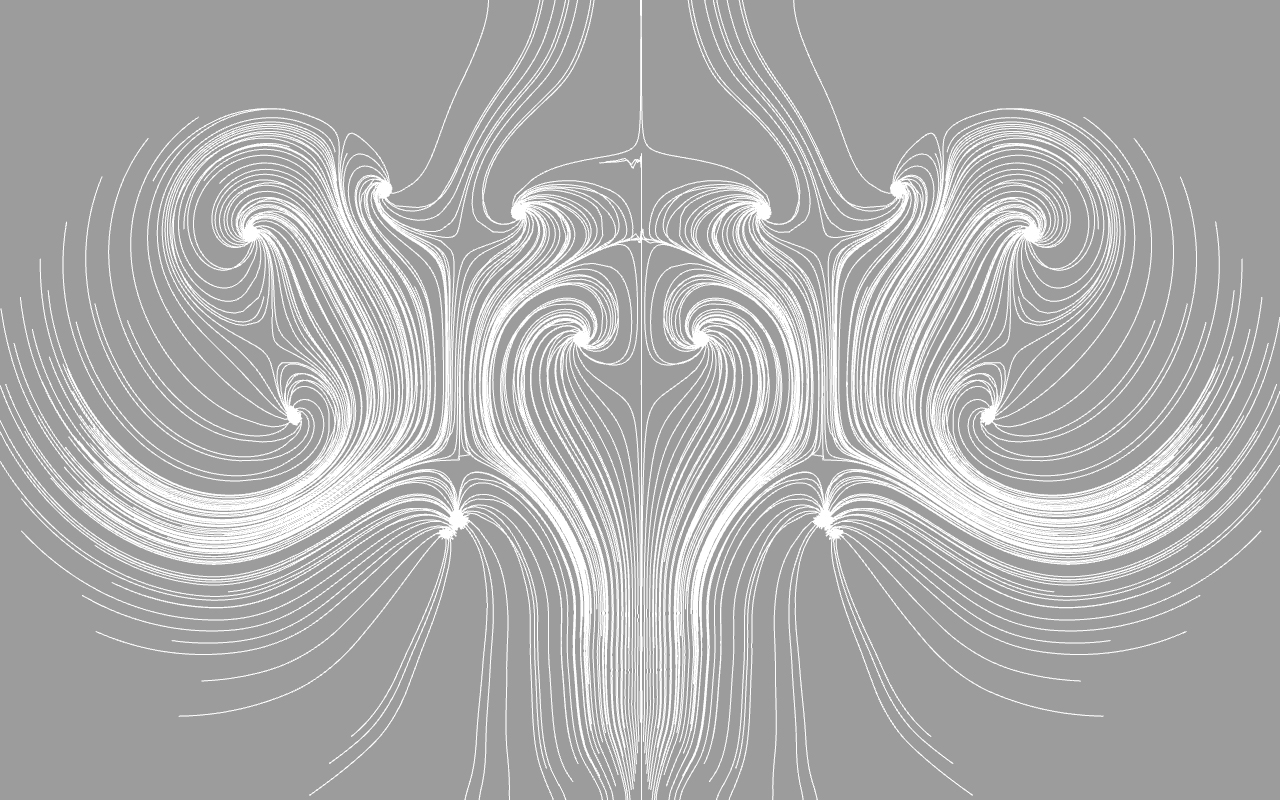Spiral Force

Spiral Force (Grasshopper Example)
This example uses the Fields Plus plugin developed at The Different Design. You can download the plugin here. This example looks closely at the Spiral Force component, which create a spiralling force field around a point in 3D space. Similar to the Spin Force component in Grasshopper, the Spiral Force moves field lines around it, whilst simultaneously pulling them inward.
This example is available to download below for all Premium members of The Different Design.
Not a member? Sign up today!
The grasshopper example:
This example generates a random array of points that are mirrored to give a symmetrical aesthetic. These mirrored points serve as the locations for a collection of planes input into the Spiral Force component The radius of the Spin Force component dictates the distance to which the force affects each field line. The Magnitude input controls the intensity of the spiral (for example, a value of zero will see the force act similar to a basic spin force, and simply revolve the lines around a point).
The starting points for the field line simulation are arrayed in a grid to maintain the symmetrical nature of the spiral force locations. The field lines are simulated using the Fields Plus ‘Field Line Simple’ component, which performs significantly faster than the standard Grasshopper ‘Field Line’ component.

The final algorithm showing the generation of the mirrored points for each spiral force simulated as field lines.
Producing different iterations:
This example can produce a variety of different outcomes by changing parameters such as the Spiral Force component’s Magnitude (which controls the intensity of the spiral), Radius (which controls the distance the force affects any field lines) and the Strength (which controls the strength of the field relative to other fields in the simulation).
Changing the starting points of the spiral force will also have a significant effect on the outcome.

A collection of iterations derived from the example by changing parameters and starting points
Taking this a step further:
The component can be used with all field force and charge components to create more complex force fields. Try using it in combination with the Spin Force component, Point Charge component and Tangent Force component, and simulating it with a Field Line Discrete component or Field Line Grid component.
